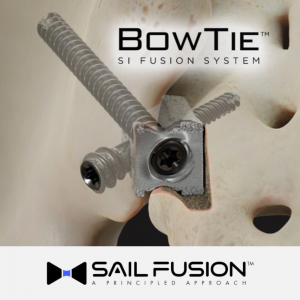Manufacturing a Personalized Cellular Universe: 3D Bioprinting in the Biotech Industry
Tissues in the body work as a complex team of interconnected cells.
For instance, the heart is comprised of contractile cardiomyocytes, along with a vast array of endothelial cells, immune cells and fibroblasts. Similarly, the liver includes hepatocytes, immune cells, endothelial cells and epithelial cells. Put in all the cellular players, and the team wins. Take out one player, and the team is no longer able to sufficiently function.
The field of 3D bioprinting draws deeply on this idea of optimizing tissue regeneration and replacement. By using naturally-derived scaffolds, human cells and other biocompatible materials, 3D bioprinting has ushered in opportunities for researchers to design, print and optimize patient personalized tissues for purposes ranging from transplantation to drug testing.
“The current drug development process is extremely lengthy and costly due to the lack of proper tools for preclinical drug screening,” said Dr. Wei Zhu, CEO of Allegro 3D, a San Diego-based bioprinting company. “What excites us most about 3D bioprinting is its potential to provide a paradigm shift in the drug discovery and screening process.”
On the extrusion-based bioprinting front, Allevi, a 3D bioprinting company based in Philadelphia, focuses on providing universally-friendly extrusion-based bioprinters, bioinks and software. Their latest model, named Allevi 3, contains three extruders through which bioinks can be deposited to form tissue scaffolds. Allevi also offers a wide selection of bioinks, which can be mixed in conjunction with cell populations to be directly utilized in their 3D bioprinters.
Read the full article here.




